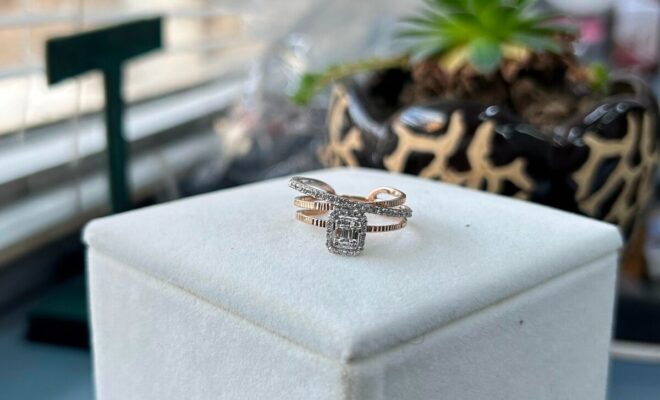Ringing True: Traditions and Etiquette Around Engagement Rings

The engagement ring is more than just a piece of jewelry; it is a symbol of love, commitment, and the beginning of a lifelong journey together. Over the centuries, engagement rings have been steeped in traditions and customs that vary across cultures and time periods. Understanding these traditions and the etiquette surrounding engagement rings can help you navigate this important milestone with grace and respect. This article explores the rich history and evolving customs of engagement rings, offering insights into how to honor these traditions while making them your own.
Historical Origins of the Engagement Ring
The tradition of giving an engagement ring dates back to ancient Rome, where a simple iron band was used to signify a couple’s commitment. The concept of a diamond engagement ring, however, is relatively modern. It gained popularity in 1477 when Archduke Maximilian of Austria presented a diamond ring to Mary of Burgundy, sparking a trend among European nobility.
Diamonds became synonymous with engagement rings in the late 19th century, thanks to the discovery of diamond mines in South Africa and a successful marketing campaign by De Beers in the 20th century. Their slogan, “A diamond is forever,” cemented the idea of diamonds as the ultimate symbol of eternal love.
Cultural Variations and Modern Trends
Engagement ring traditions vary widely across different cultures:
Western Cultures: In most Western cultures, the engagement ring is worn on the fourth finger of the left hand, also known as the “ring finger.” This tradition stems from the ancient belief that a vein in this finger, the “vena amoris,” runs directly to the heart.
Eastern Cultures: In some Eastern cultures, such as in India, engagement rings are not as prevalent. Instead, the exchange of other forms of jewelry, like bangles or necklaces, may signify engagement.
European Traditions: In many European countries, engagement rings are worn on the right hand rather than the left. In countries like Germany and the Netherlands, couples often exchange simple gold bands during the engagement and then switch them to the other hand during the wedding ceremony.
Modern trends are increasingly diverse, reflecting changing attitudes and personal preferences. Colored gemstones, vintage designs, and custom-made rings are becoming popular choices, allowing couples to express their unique love stories.
Etiquette of Giving and Receiving an Engagement Ring
Choosing the Ring: Traditionally, the proposer selects the ring, often seeking advice from friends or family. Nowadays, many couples prefer to choose the ring together, ensuring it matches the recipient’s style and preferences.
Timing and Presentation: The timing and manner of presenting the engagement ring can vary widely. Some prefer a private, intimate setting, while others opt for public displays. Regardless of the setting, the moment should be meaningful and considerate of the recipient’s feelings.
Cost Considerations: There is no strict rule about how much to spend on an engagement ring, despite the old adage suggesting three months’ salary. The focus should be on finding a ring that fits within your budget while still being meaningful.
Cultural Sensitivity: When proposing across cultures, it’s essential to understand and respect the traditions and expectations of the recipient’s cultural background. This sensitivity can help avoid misunderstandings and make the proposal more meaningful.
After the Proposal: Wearing the Ring
Placement: In most Western cultures, the engagement ring is worn on the left hand’s ring finger. After the wedding, it is often paired with the wedding band, either stacked together or worn on separate hands.
Public Announcements: Sharing the news of your engagement is an exciting step. Traditionally, close family and friends are informed first, followed by broader announcements. Social media has changed this dynamic, but personal, direct communication with loved ones remains appreciated.
Care and Maintenance: Regular cleaning and maintenance of the engagement ring are crucial to keep it sparkling. It’s advisable to have the ring professionally inspected periodically to ensure the setting is secure and the gemstones are intact.
Conclusion
Engagement rings are steeped in tradition and rich with symbolism, representing a significant milestone in a couple’s journey. Understanding the historical origins, cultural variations, and modern trends surrounding engagement rings can enrich your appreciation of this timeless custom. By honoring traditions and embracing contemporary practices, you can ensure that your engagement ring is a true reflection of your unique love story. Whether you follow traditional etiquette or create new ones, the most important aspect is that the ring symbolizes your commitment and the love you share.















